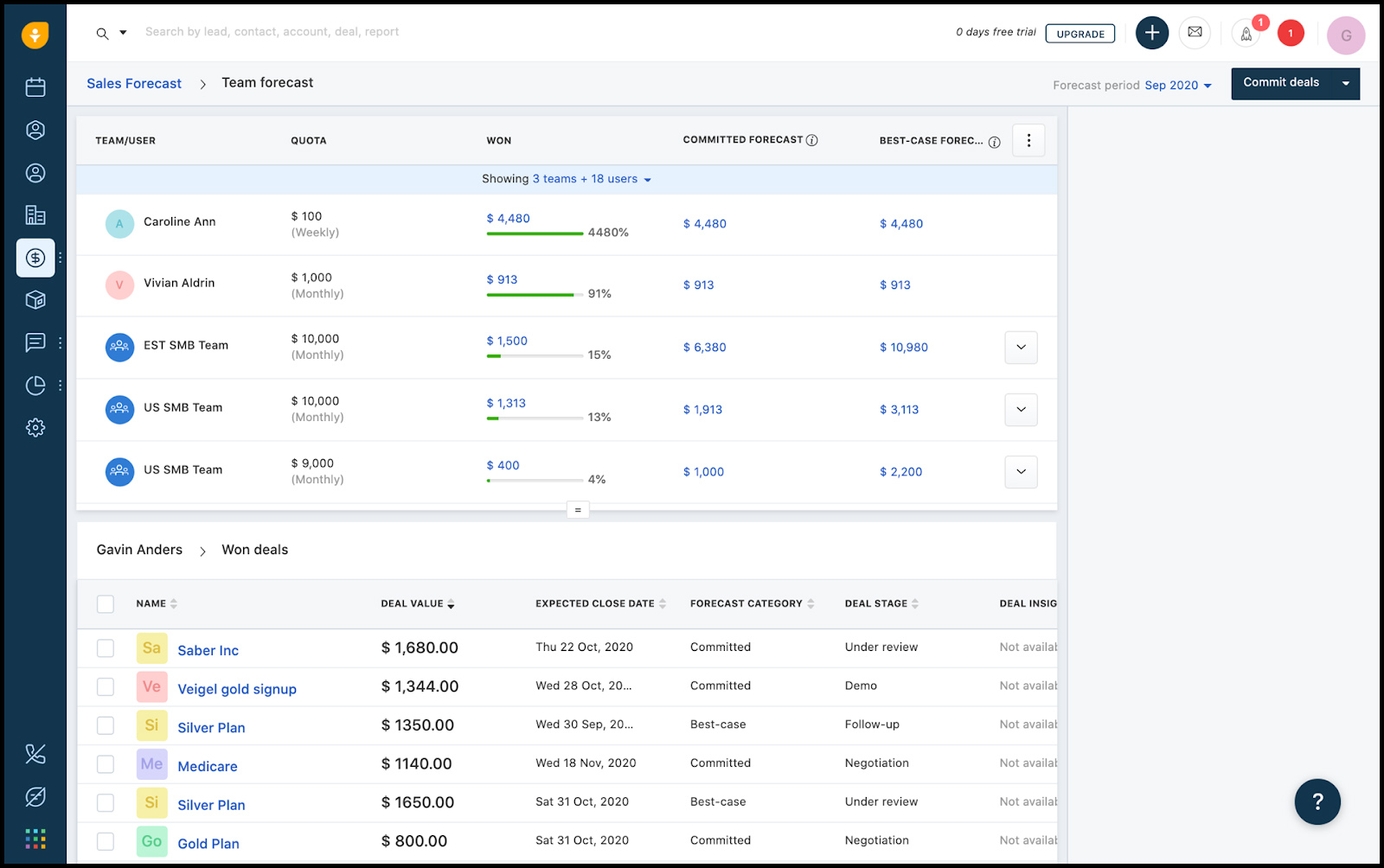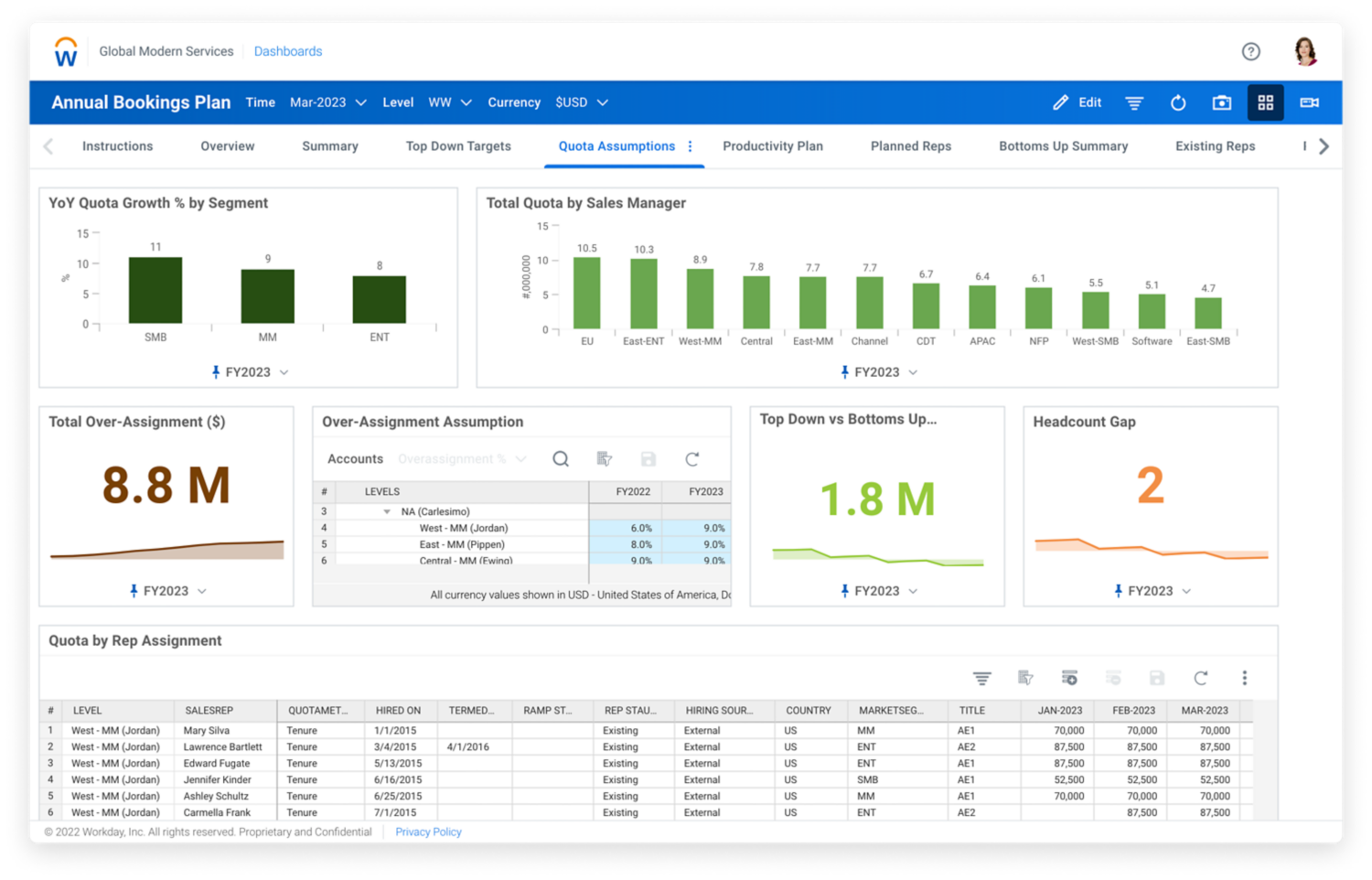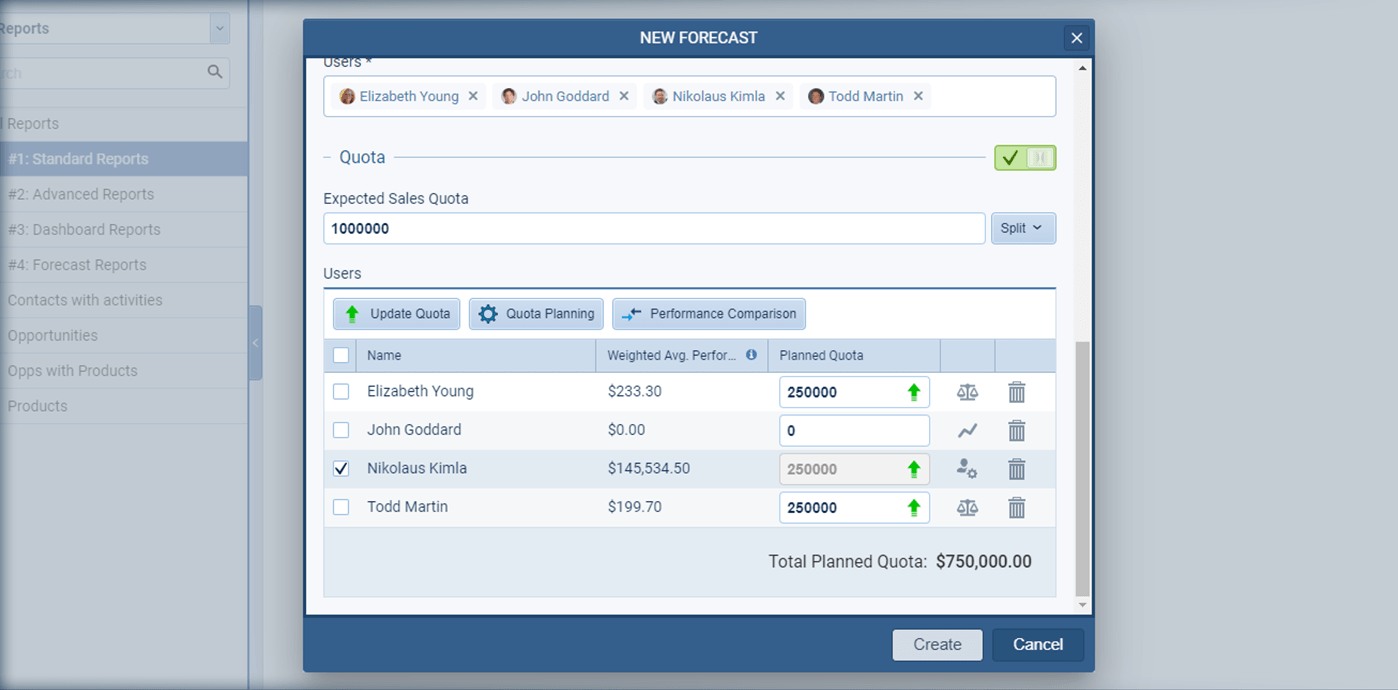Master Sales Quotas: Strategies & Tools For Performance
Are sales quotas the key to unlocking peak performance, or are they a double-edged sword that can stifle innovation and create unnecessary pressure? The strategic implementation of sales quotas, when carefully crafted and managed, can be a powerful catalyst for growth, providing focus, accountability, and a clear roadmap for success.
In the dynamic world of sales, the ability to adapt is paramount. Plans must be adjusted as goals and assumptions evolve. This agility is not merely a desirable trait; it's a necessity for survival and thriving in a competitive landscape. The most effective sales strategies are those that can quickly respond to market shifts, changes in customer behavior, and unforeseen circumstances. Sales teams must be able to pivot, refine their approaches, and recalibrate their targets in real-time to stay ahead of the curve. This responsiveness is crucial for maintaining momentum and achieving consistent results.
One of the critical aspects of successful sales management is the ability to immediately assess the impact of quota assumptions and plan across multiple scenarios. This proactive approach involves creating different models and evaluating potential outcomes based on various factors, such as economic conditions, market trends, and internal capabilities. By anticipating potential challenges and opportunities, sales leaders can make informed decisions and develop contingency plans to mitigate risks and capitalize on advantages. This comprehensive approach ensures that sales teams are not caught off guard by unexpected events and can quickly adapt to changing circumstances.
Sales performance management tools offer a robust suite of capabilities designed to enhance sales effectiveness. These tools allow sales teams to generate quotes directly from the CRM system, ensuring that all customer interactions and data are centralized. This integration streamlines the sales process, eliminates manual data entry, and provides a unified view of customer information. Furthermore, these tools can automate tasks such as commission tracking, quota management, and performance reviews, freeing up valuable time for sales representatives to focus on selling and building relationships. This focus on efficiency and automation is a key differentiator for high-performing sales organizations.
In essence, sales quota management is a powerful tool for smart resource allocation. This is not just about hitting numbers; it's about strategically distributing resources to maximize their impact. The data derived from quota management informs critical decisions about sales team structure, including team size, territory design, and account assignments. By analyzing sales performance data, managers can identify areas where resources are underutilized or overstretched and make adjustments to optimize efficiency and productivity. This data-driven approach ensures that resources are aligned with the highest-potential opportunities, leading to improved sales outcomes.
| Feature | Description |
|---|---|
| Goal Setting | Establishing specific, measurable, achievable, relevant, and time-bound (SMART) goals for sales teams. |
| Performance Tracking | Monitoring sales activities, revenue generation, and other key performance indicators (KPIs). |
| Quota Management | Setting and managing sales targets, considering factors such as market potential, historical performance, and individual capabilities. |
| Resource Allocation | Optimizing the distribution of resources, including personnel, budget, and marketing efforts, to maximize sales outcomes. |
| Territory Management | Designing and managing sales territories to ensure balanced workloads, adequate coverage, and alignment with market potential. |
| Sales Forecasting | Predicting future sales based on historical data, market trends, and sales pipeline analysis. |
| Reporting and Analytics | Generating reports and analyzing sales data to identify trends, measure performance, and make data-driven decisions. |
| Performance Reviews | Conducting regular performance reviews to assess individual and team performance, provide feedback, and identify areas for improvement. |
| Incentive Compensation | Designing and managing sales compensation plans, including commissions, bonuses, and other incentives to motivate sales teams. |
| Training and Development | Providing training and development opportunities to enhance sales skills, product knowledge, and customer relationship management. |
For more information on sales management best practices, please visit: Salesforce Sales Performance Management
Striking the right balance in sales quotas is key to driving performance without causing burnout. It's a delicate balancing act: setting targets that are ambitious enough to challenge the team and encourage growth, yet attainable enough to prevent demoralization and excessive pressure. This requires a deep understanding of the sales team's capabilities, market conditions, and individual performance levels. When quotas are set unrealistically high, it can lead to stress, decreased morale, and ultimately, lower productivity. Conversely, quotas that are too low may fail to motivate the team and limit their potential.
Sales performance management tools are essential for businesses aiming to track and improve sales team performance. They provide a centralized platform for monitoring key metrics, analyzing sales data, and identifying areas for improvement. These tools automate tasks like commission tracking, quota management, and performance reviews, freeing up valuable time for sales leaders to focus on strategic initiatives. With the right tools in place, sales teams can work more efficiently, make better decisions, and achieve higher levels of success.
The power of quota management lies in its ability to inform important choices about your sales team structure. The data gleaned from quota analysis provides crucial insights into team size, territory design, and account assignments. For example, if quota data reveals that a particular territory is consistently underperforming, it may indicate the need for adjustments to the territory's boundaries or the assignment of additional resources. By using data-driven insights, you can ensure that your sales team is structured in a way that maximizes its potential and achieves optimal results.
Understanding the challenges faced by sales teams is critical for effective management. Managers can provide the necessary support, whether it's additional resources, training, or motivational incentives. Furthermore, some sales performance management tools allow reps to track their own progress towards their sales goals, empowering them to take ownership of their performance. This transparency fosters a sense of accountability and encourages self-improvement. By addressing the pain points of the sales team, managers can create a supportive environment that fosters success.
| Challenge | Solution |
|---|---|
| Lack of clear goals and targets | Set SMART quotas (Specific, Measurable, Achievable, Relevant, Time-bound) |
| Insufficient data visibility | Implement sales performance management software |
| Inefficient sales processes | Streamline workflows and automate tasks |
| Lack of training and development | Provide ongoing sales training and coaching |
| Inadequate sales resources | Allocate resources (personnel, budget, tools) effectively |
| Poorly designed sales territories | Optimize territory assignments based on data |
| Ineffective compensation plans | Create motivational incentive plans |
| Lack of sales team motivation | Implement rewards and recognition programs |
| High administrative burden | Automate administrative tasks |
| Poor communication and collaboration | Foster communication and collaboration with tools |
What targets do your sales reps need to hit on a weekly, monthly, or quarterly basis? The answer to this question is fundamental to any sales strategy. Establishing clear, measurable targets provides sales representatives with a sense of direction and accountability. It allows them to understand what is expected of them and to track their progress towards achieving their goals. The frequency of these targetswhether weekly, monthly, or quarterlyshould align with the sales cycle, the nature of the product or service, and the overall sales strategy.
Sales performance management software is a powerful ally in the pursuit of data-driven sales success. By gathering relevant data from multiple sources, these tools provide a holistic view of sales performance and accurately track sales quotas. This centralized approach eliminates data silos, improves data accuracy, and simplifies reporting. The insights gleaned from these tools empower sales leaders to make informed decisions and optimize their sales strategies. This comprehensive data allows for a more nuanced and effective management approach, helping to maximize the sales team's potential.
Strategic territory management is key to achieving better results. Implementing strategies using geographic, industry, and account data to set up balanced territories is essential for ensuring equitable workloads and maximizing sales potential. This means analyzing market opportunities, customer demographics, and sales history to create territories that are neither too large nor too small and that align with the specific needs and characteristics of each region or segment. The use of data-driven insights helps to create balanced territories that promote a fair distribution of resources and sales opportunities.
Furthermore, you can also score, segment, and assign new accounts based on core metrics. This is an essential part of optimizing the sales process. By using metrics like deal size, customer lifetime value, and probability of closing, sales teams can prioritize their efforts and allocate resources where they will have the greatest impact. This data-driven approach helps to streamline the sales process, improve efficiency, and drive higher conversion rates.
| Data Source | Metrics | Action |
|---|---|---|
| CRM System | Deal size, Close rate, Sales cycle length | Prioritize leads and adjust sales strategies |
| Marketing Automation | Lead source, Engagement level, Website activity | Qualify leads and personalize outreach |
| Sales Communication | Email open rates, Call duration, Meeting attendance | Improve communication effectiveness |
| Customer Data | Customer lifetime value (CLTV), Customer satisfaction | Focus on high-value customers and retention |
| Industry Data | Market share, Competitive landscape | Adjust sales tactics based on market trends |
Sales quota allocation is a process to judge current sales results and assess future sales opportunities. This requires a thorough analysis of the sales pipeline, individual rep performance, and deal status. This detailed assessment allows managers to understand what is working well, what needs improvement, and what adjustments are needed to optimize the sales strategy. Its a continuous cycle of evaluation and adjustment, designed to drive continuous improvement in sales results.
Sales territory management software is designed to map out customer regions to assign a number of reps proportionate to the sales opportunity of each region, ensuring the most effective use of resources. This requires a data-driven approach, taking into account factors such as market size, customer demographics, and sales potential. The goal is to create balanced territories that enable sales reps to reach their full potential, while maximizing the company's overall sales performance.
Quota planning tools are designed to help managers set achievable yet ambitious sales targets for their teams. These tools often incorporate historical sales data, market trends, and individual rep capabilities to provide a data-driven basis for setting quotas. The goal is to strike a balance between challenging the sales team and ensuring they are motivated and capable of achieving their targets. This strategic approach helps to drive performance and ensure sustainable growth.
Sales analytics tools are designed to gather data across the sales cycle, offering comprehensive insights into your teams performance and competitive standing. These tools provide a holistic view of the sales process, from lead generation to deal closing. They enable managers to track key metrics, identify trends, and make data-driven decisions. They also present this information with clear dashboards and detailed reports, making it easy to see where you stand and what action to take next.
Sales management software empowers managers by giving them clear insights into the sales pipeline and processes. This allows them to streamline team activity, assess individual rep performance, and monitor deal status. By providing a comprehensive view of the sales operation, the software enables managers to quickly get the data they need to make better decisions and optimize any part of their team's sales workflow. The result is improved sales performance and increased efficiency.
Before implementing quotas, it is essential to have a robust sales management tool in place to track and review all activities. This includes a system to capture data on sales rep performance, sales pipeline stages, and deal values. The use of a sales management tool is not just about tracking results; its about gaining actionable insights that inform sales strategies, drive improvements, and ensure that quotas are aligned with the overall business objectives.
The role of a salesperson who sends 100 emails and makes 300 calls in a month is very important. It is necessary to assess the effectiveness of these activities by analyzing conversion rates and close rates. This information helps the salesperson and the manager identify what's working and what needs adjustments in their outreach strategy. By providing a clearer picture of the sales process, data analysis drives better outcomes.
The ability to set, analyze, and adjust individual and team quotas is key to motivating sellers and increasing their agility. It is not a static process; it requires continuous assessment and refinement. The tools used should also include task automation features to speed up the process of designing sales documents, along with engagement notifications, so you know when someone is interacting with your documents. The dynamic process allows sales teams to adapt quickly to changing market conditions and individual performance levels.
Responsive also offers integrations with CRMs, including HubSpot, and other tools to make response management across your entire team easier. This ensures that all team members are equipped to address customer needs effectively. These integrations also allow the team to work with a centralized view of customer data and interactions.


